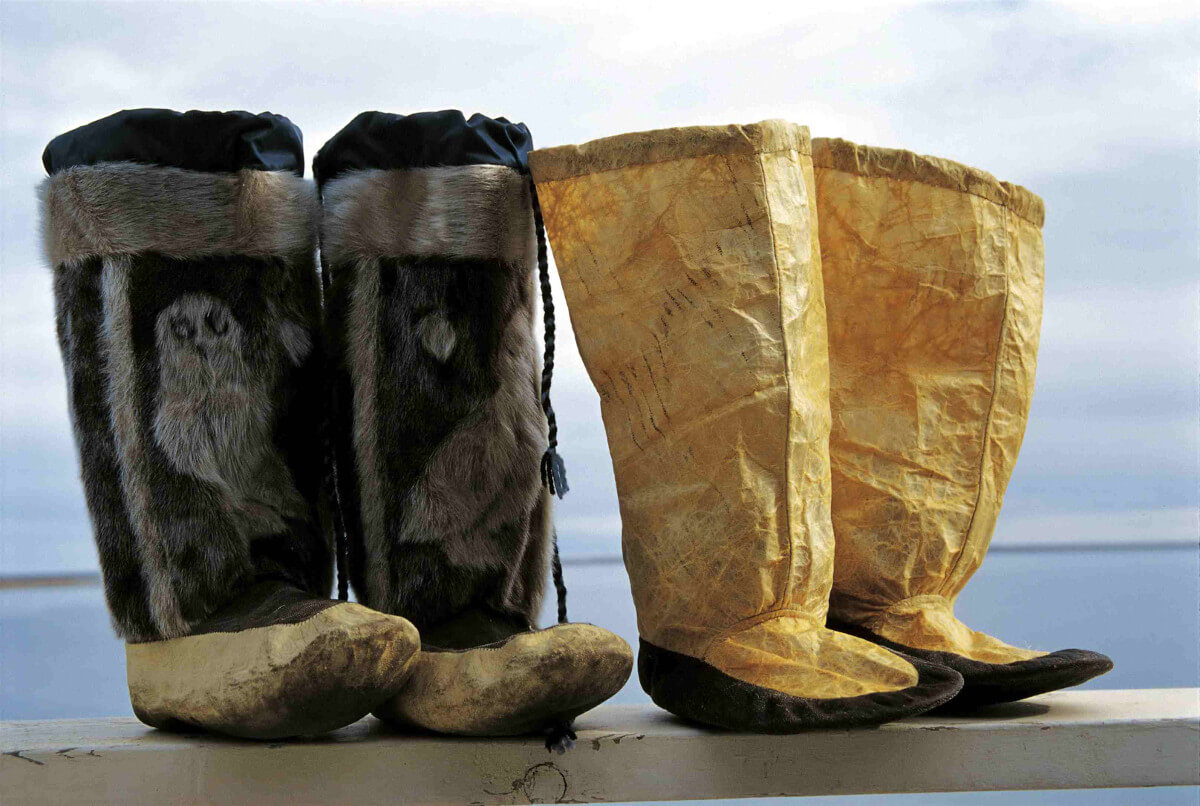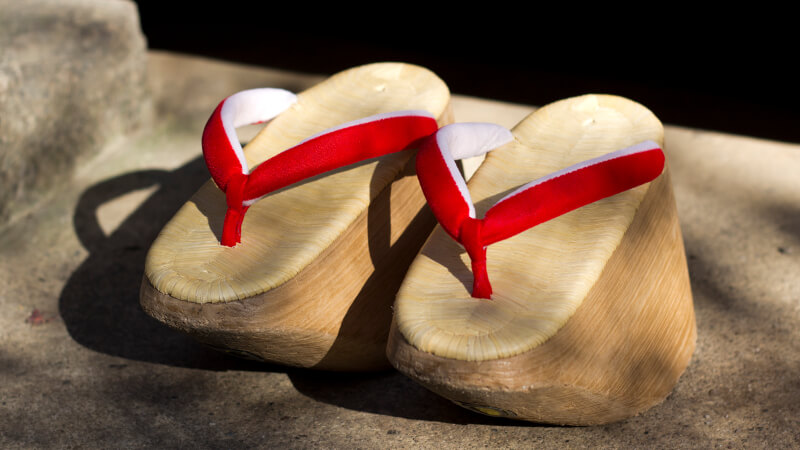Around the globe, humans have worn shoes that are influenced by history, culture, climate, fashion trends, traditions, lifestyles, materials, and practices since the dawn of clothing. This infographic by Journeys.com explores 40 shoe styles from around the world and their origins:
Click below to view the full-size infographic

Shoes can speak volumes about the qualities and characteristics of a country. For example, in sunny and breezy countries such as Spain you might enjoy wearing lightweight, woven footwear such as espadrilles. In the Arctic, rugged, toasty, and malleable boots such as mukluks have helped the native people travel the wintry terrain.

Shoes are also artifacts that are shaped by art and tradition. Japanese geisha shoes are an exquisite example of footwear that unites heritage, narrative, and art. Maiko (or apprentice geisha) in Japan wear okobo, or elevated wood sandals that create a distinct noise when walking, and may contain a jingling bell within a hollow at the bottom. The name “okobo” is an onomatopoeia that mimics the distinct walking clip-clap, and older citizens of Japan say that the sound evokes bittersweet memories of older times.

Some shoes are far more primitive. In fact, the oldest shoes ever discovered were sagebrush bark sandals dating back to 7000 to 8000 B.C. These primitive sandals were discovered in the Fort Rock Cave in Oregon in 1938 by archaeologist Luther Cressman. The woven construction was relatively complex and sturdy, and the specimen was exceptionally preserved by volcanic ash.


Leave a Reply